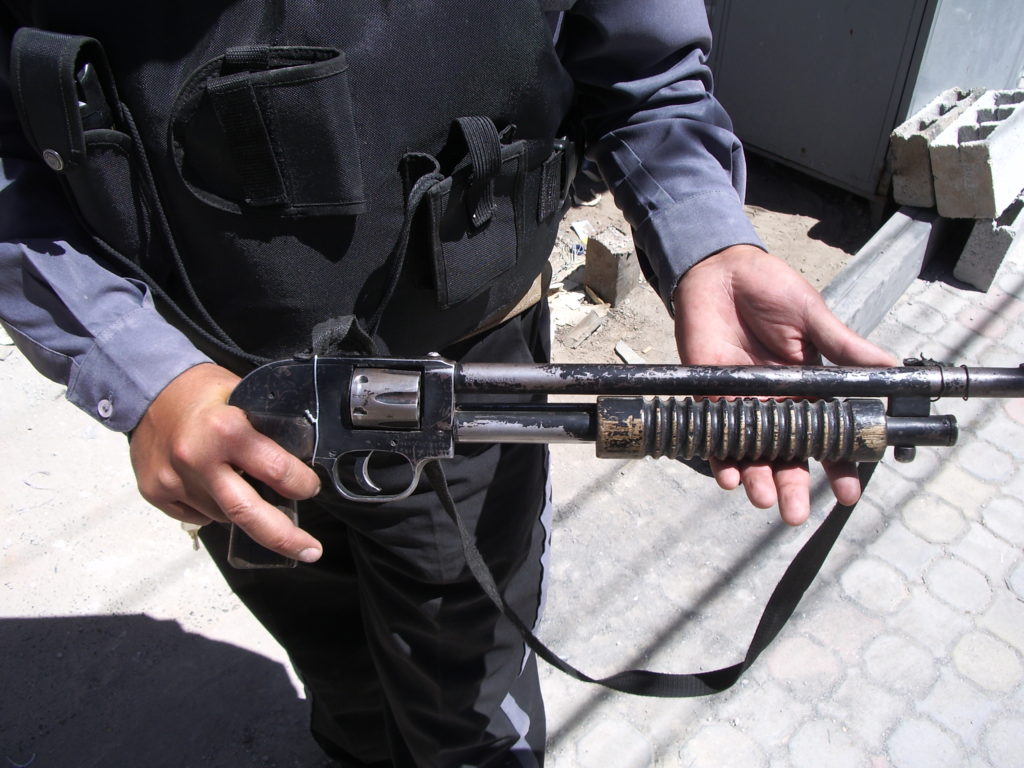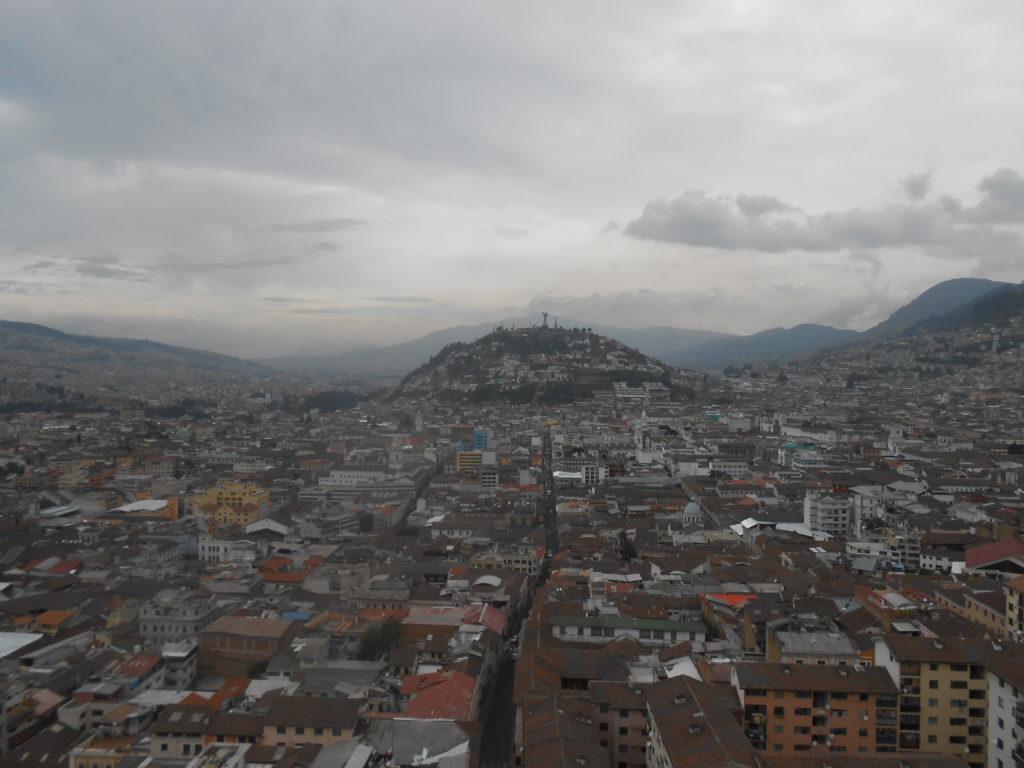Written by: Greg Ellifritz
I just returned from a quick eight-day trip to Ecuador and the Galapagos Islands. I had previously spent almost three weeks traveling on mainland Ecuador (in 2006), but I didn’t make it to the famed Galapagos Islands. I remedied my mistake on this trip. If you are even the least bit interested in marine wildlife, you will have to make the pilgrimage.
On this trip I did two days in Quito and six days on a boat checking out five of the different islands. I hiked, mountain biked, swam, snorkeled, and saw some of the most amazing critters imaginable. Snorkeling with dozens of sea lions in the wild was an unforgettable experience. All the animals on the islands are protected. With no human predation, they don’t flee or hide. The animals basically ignore human presence and go about their business. It’s amazing to swim with 400 lb. sea lions just inches away from you. The topography of the islands was stunning as well.
I didn’t spend much time thinking about training or firearms related stuff on this trip. It was pure enjoyment. But for those of you interested in firearms, I’ll let you know what I noticed…
The National Police seemed quite professional by Latin American standards. Uniforms were clean and pressed. Hair cuts were high and tight. They were armed with Gen 2 Glock 17s in some type of strange plastic security holster. Interestingly, most had +2 mag extensions on the magazines in their guns.
Transit police, Tourist police, and Metropolitan police were not armed, but carried big cans of pepper spray (available for sale in most hardware stores) and/or PR-24 batons.
There were lots of armed security guards outside of stores, apartment complexes and banks. Most wore external carrier soft body armor and carried Taurus .38 revolvers in cheap, ill-fitting nylon holsters. Disarming these folks wouldn’t be difficult if one needed to obtain a gun in a hurry. I didn’t see a single holster that could even be snapped.

One of the more interesting guns I saw on my last trip to Ecuador. It was being carried by a security guard and was chambered in .38 S&W. It’s a revolver with a long barrel designed to look like a pump shotgun.
In talking to some residents, it seems that Ecuadorian citizens can get permits for up to two guns maximum. Handguns are limited to .38/9mm calibers and under. No semi auto rifles are allowed. To obtain the permits, citizens must take a legal and psychological written exam, pass a medical test, have a clean criminal background, and have two letters of reference of their good character.
As far as training related topics. I had two insights on this trip…..
The first is that putting yourself into unique situations that you don’t regularly face is valuable for gaining experience, even if those situations aren’t directly related to self protection. I started panicking slightly when I was getting bashed on a coral reef by harsh ocean currents when snorkeling. I couldn’t get out of the currents for awhile and the high waves were filling my snorkel with water. I had to consciously calm myself down and figure out a solution to the problem without drowning. Succeeding in that environment teaches some valuable lessons and provides confidence that carries over to other situations as well.
Walking around a big city as an obvious outsider also teaches some useful lessons. How do you pick out the predators when the culture and language are different? How do you get along with people who are very different from you so that you aren’t victimized? The social skills acquired when learning how to do these things are invaluable. Search out and embrace as many strange and unique experiences as you can. Your life will improve greatly.
The second insight I had was about assessing neighborhood safety. Quito is a massive city of 2.5 million (mostly poor) residents. In two days of walking through the city and a couple 1.5 hour taxi rides through some slums to get to the airport, I started thinking about tangible signs that I may be in a neighborhood that isn’t the safest. These may be pretty basic, but using them will give you a quick assessment of your relative safety in any neighborhood in the world:
1) Are there lots of armed guards?
2) Do the properties seem to be run down or uncared for?
3) Are there lots of stray dogs?
4) How much graffiti is present on the walls?
5) Are there obvious security measures (like broken glass embedded atop walls, electric fences, barbed wire, etc) present?
6) Are there lots of people aimlessly “hanging out” in the street?
If you answer “yes” to most of these questions, you may not be in the world’s safest place. It’s time to move on!
Back to regularly scheduled programming tomorrow.





